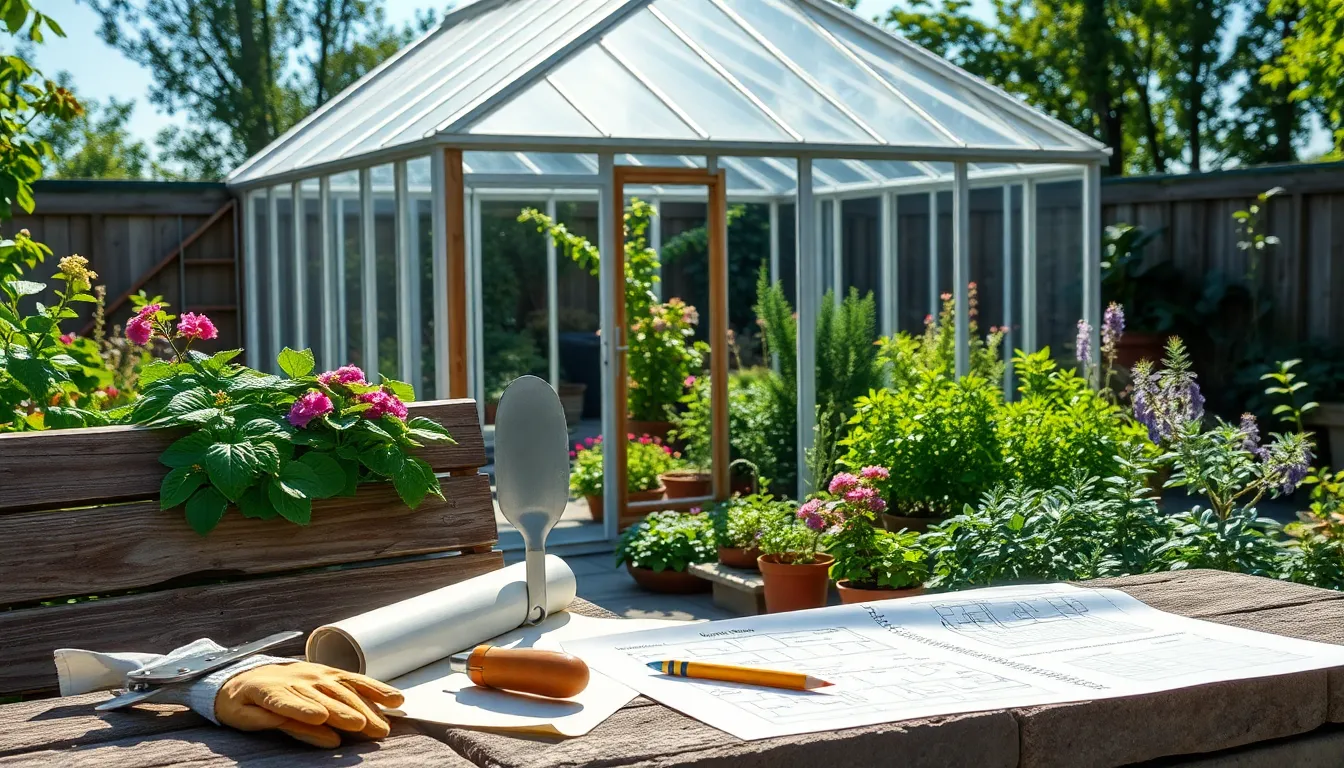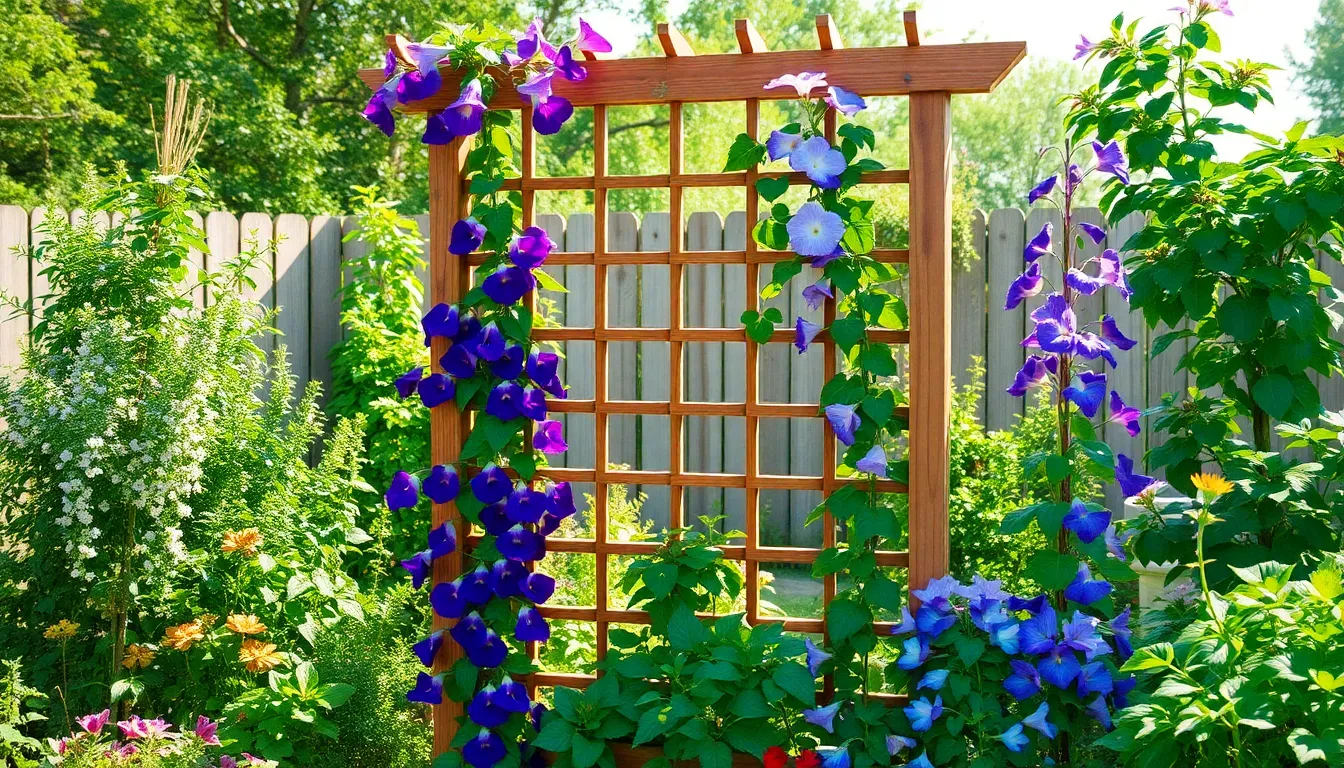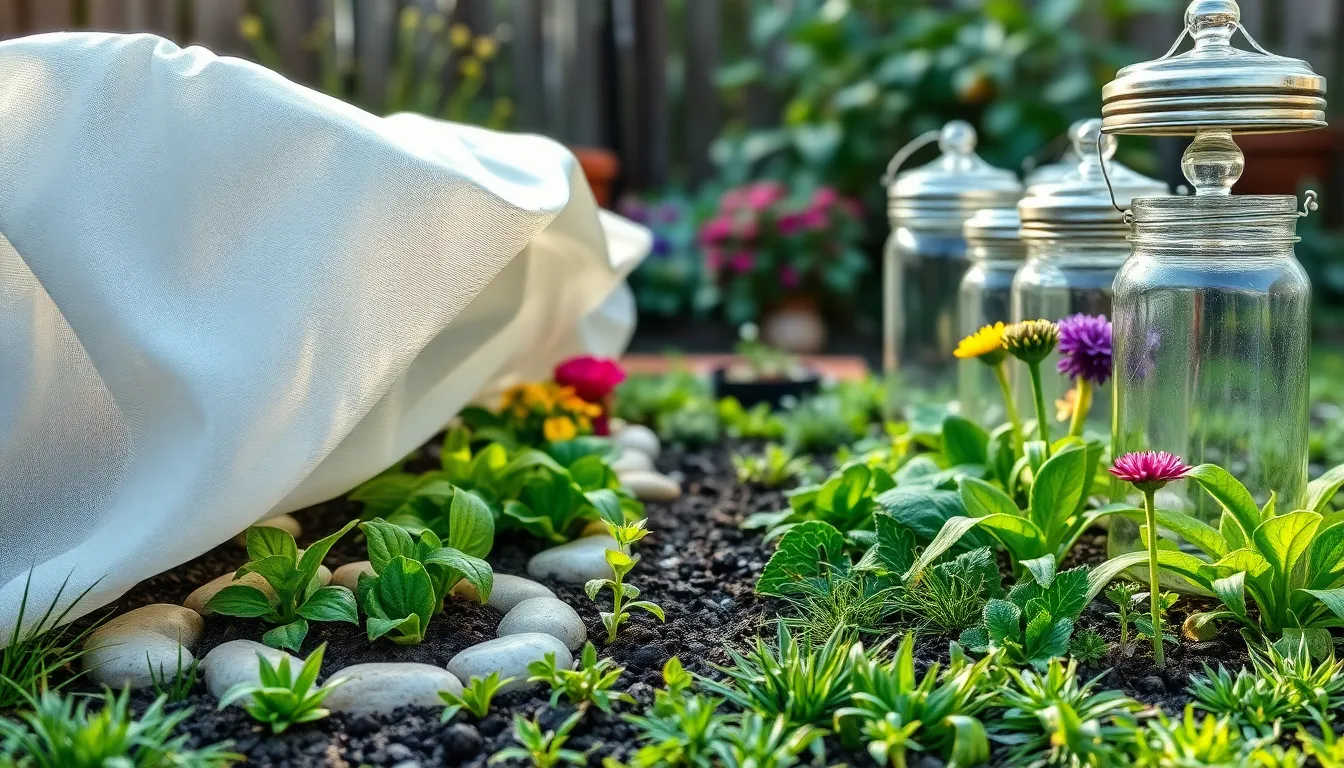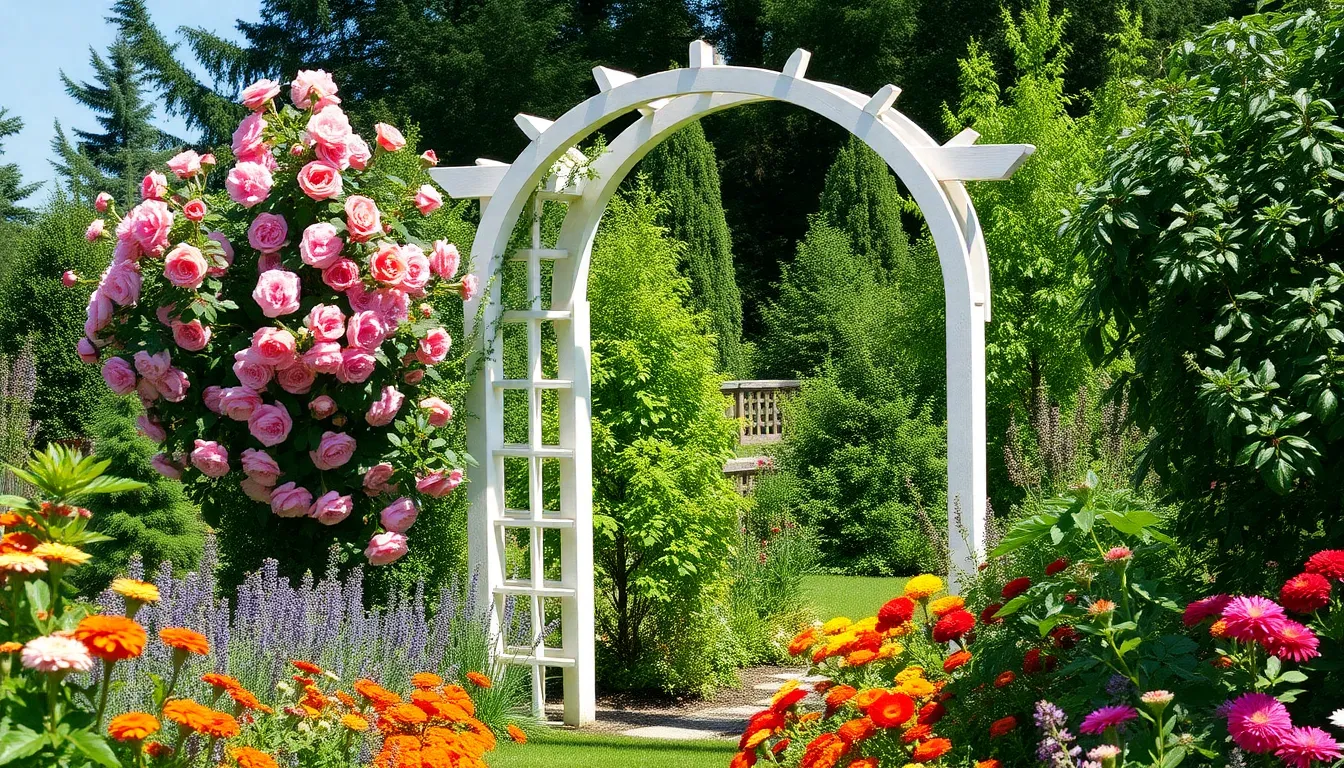Imagine stepping into your very own greenhouse, where the air is rich with the earthy scent of thriving plants and the promise of a lush harvest. Whether you’re a gardening novice with a budding curiosity or a seasoned cultivator seeking to elevate your green thumb, building a greenhouse can transform your gardening experience, giving you a sanctuary where plants can flourish all year round.
For those just starting their gardening journey, a greenhouse offers the perfect opportunity to experiment with a variety of plants, extending growing seasons and protecting delicate seedlings from unpredictable weather. Meanwhile, experienced gardeners will find a new challenge in designing a space that maximizes sunlight and efficiently utilizes space, crafting a haven tailored to their plants’ every need.
In this article, you’ll discover practical steps to construct your own greenhouse, from selecting the ideal location to choosing materials that suit your climate and budget. We’ll also guide you through the intricacies of ventilation, temperature control, and maintenance, ensuring your greenhouse becomes a sustainable and productive part of your gardening lifestyle.
Select the Ideal Greenhouse Location
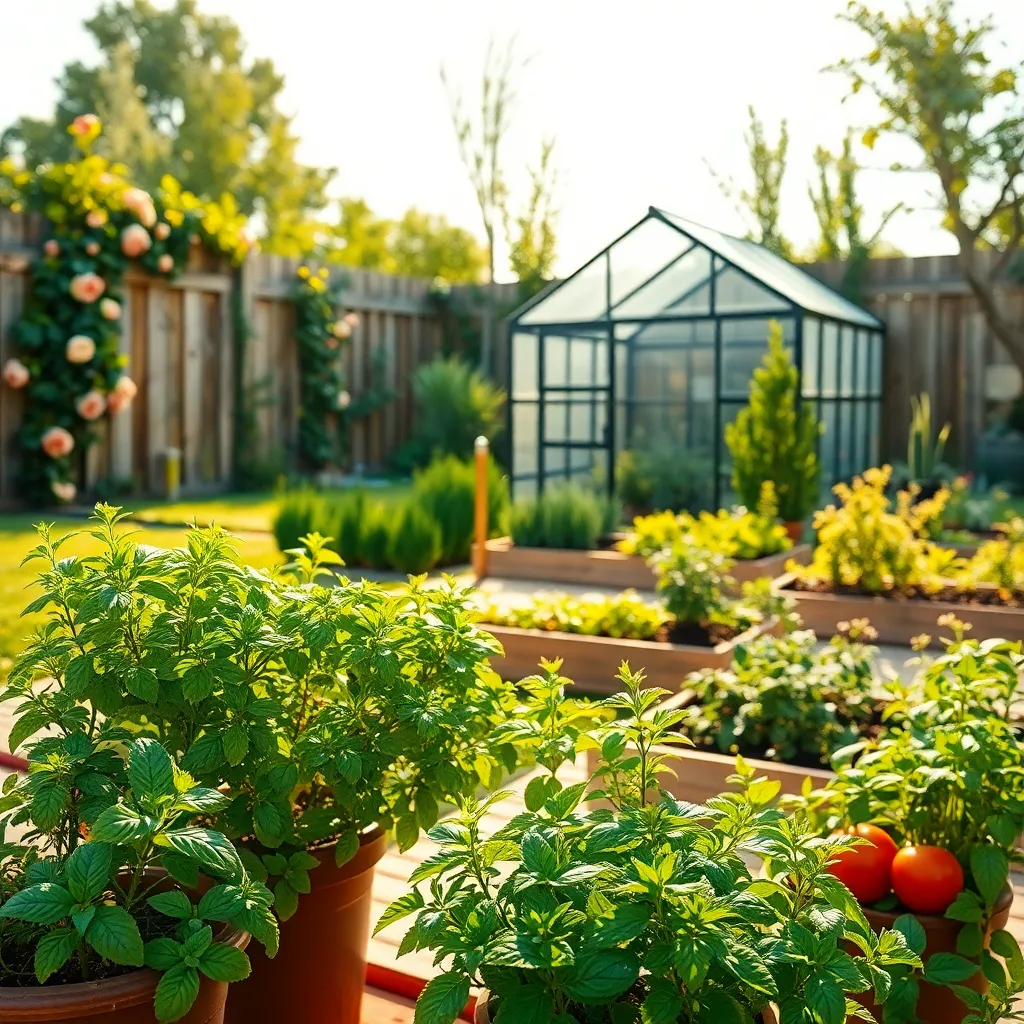
Choosing the perfect location for your greenhouse is crucial for plant health and productivity. Start by selecting a spot that receives at least six hours of direct sunlight daily, as most plants thrive in abundant light.
Consider the local climate and the direction of prevailing winds when deciding on the placement. Position the greenhouse so that it is sheltered from strong winds, which can help maintain stable temperatures and reduce heating costs.
Ensure the ground is level to provide a stable foundation for your structure. If your chosen spot is uneven, you may need to level it or build a raised platform to avoid water pooling and soil erosion.
Access to water is another vital factor; plan to position your greenhouse near a water source for easy irrigation. This proximity will make it simpler to maintain consistent moisture levels, which is essential for healthy plant growth.
For those with advanced gardening aspirations, consider installing an automated watering system. Such a system can help manage the specific watering needs of different plants, ensuring optimal growth conditions are met without manual intervention.
Gather Essential Building Materials

To build a greenhouse, start by gathering essential materials like polycarbonate panels, treated wood, and screws. These materials are ideal because they provide durability and good insulation, ensuring your plants thrive year-round.
Consider using aluminum framing for a lightweight yet sturdy structure. This material is rust-resistant and ideal for gardeners in humid or rainy climates, providing long-lasting support.
For the foundation, use concrete blocks or a gravel base to ensure stability and prevent water accumulation. A solid foundation keeps your greenhouse level and protects your plants from uneven ground or water pooling.
Don’t forget to include hinges, latches, and weatherstripping to seal doors and windows tight. These components help maintain the internal climate, keeping warm air in during the winter and allowing proper ventilation in the summer.
Construct the Greenhouse Frame
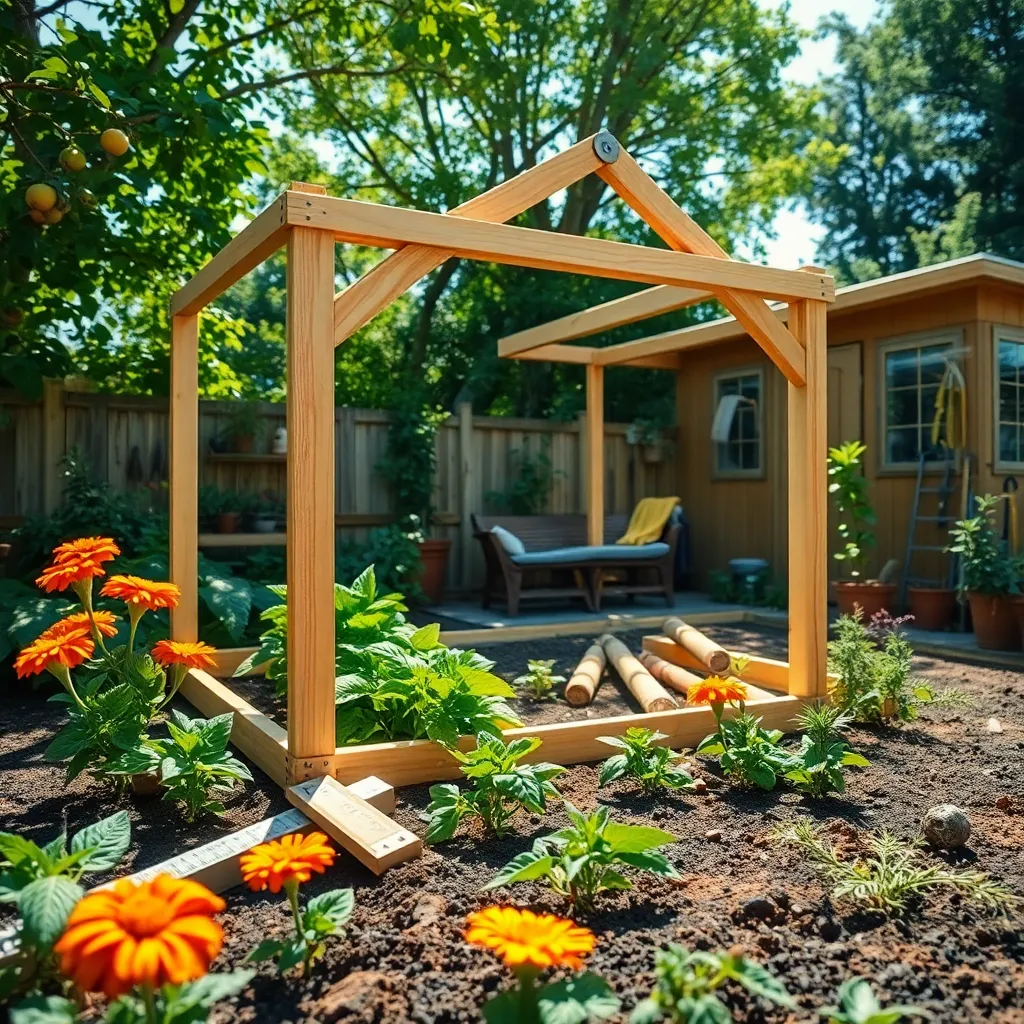
Before you begin constructing the greenhouse frame, ensure you have all necessary materials on hand, such as wood or metal for the frame, screws, and a drill. It’s important to choose a durable material that can withstand weather conditions in your area, with metal being a robust choice for areas with high winds.
Start by laying out the foundation of the greenhouse to ensure it is level and stable. Using a spirit level will help you maintain accuracy, which is crucial for the structural integrity of your frame.
Next, assemble the base frame by connecting the corners securely with screws, ensuring each corner is at a perfect 90-degree angle. Accuracy at this stage will prevent potential problems when attaching the greenhouse walls and roof later on.
Once the base is secure, proceed to construct the vertical supports, spacing them evenly along the perimeter of the frame. This will provide the necessary support for your greenhouse coverings and ensure they are stretched taut, preventing sagging and potential damage.
For added stability, consider bracing the corners with diagonal supports, which will help the structure withstand strong winds. If you are in a region prone to heavy snow, reinforcing the roof with additional beams is advisable to support the extra weight.
Install Transparent Covering Material
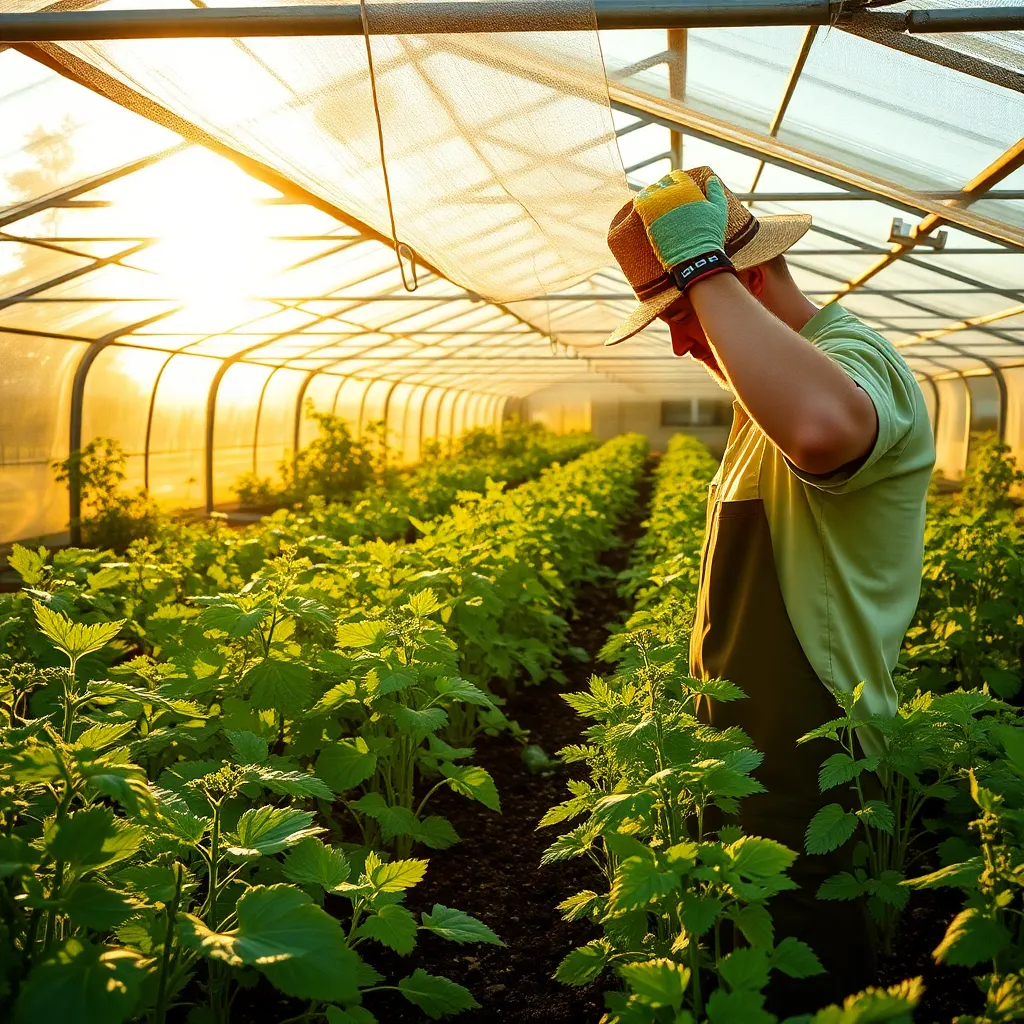
After constructing the greenhouse frame, the next crucial step is to install the transparent covering material. This covering allows sunlight to penetrate while providing insulation, which is essential for maintaining a stable internal climate.
Choose materials like polycarbonate, polyethylene film, or glass, each offering different benefits. Polycarbonate is durable and provides excellent insulation, making it a popular choice for many gardeners.
Ensure the material fits snugly to prevent heat loss and provide maximum protection against the elements. Using a clear adhesive tape or UV-resistant clips can help secure the covering tightly to the frame.
For beginners, polyethylene film is cost-effective and easy to handle, though it may need replacement every few years. Experienced gardeners might prefer glass, offering clarity and longevity but requiring a stronger frame and more careful handling.
Regularly inspect the covering for any tears or damage, especially after storms, to maintain its effectiveness. Repair small tears with greenhouse repair tape to extend the life of your covering and keep your plants thriving.
Set Up Ventilation and Shelving
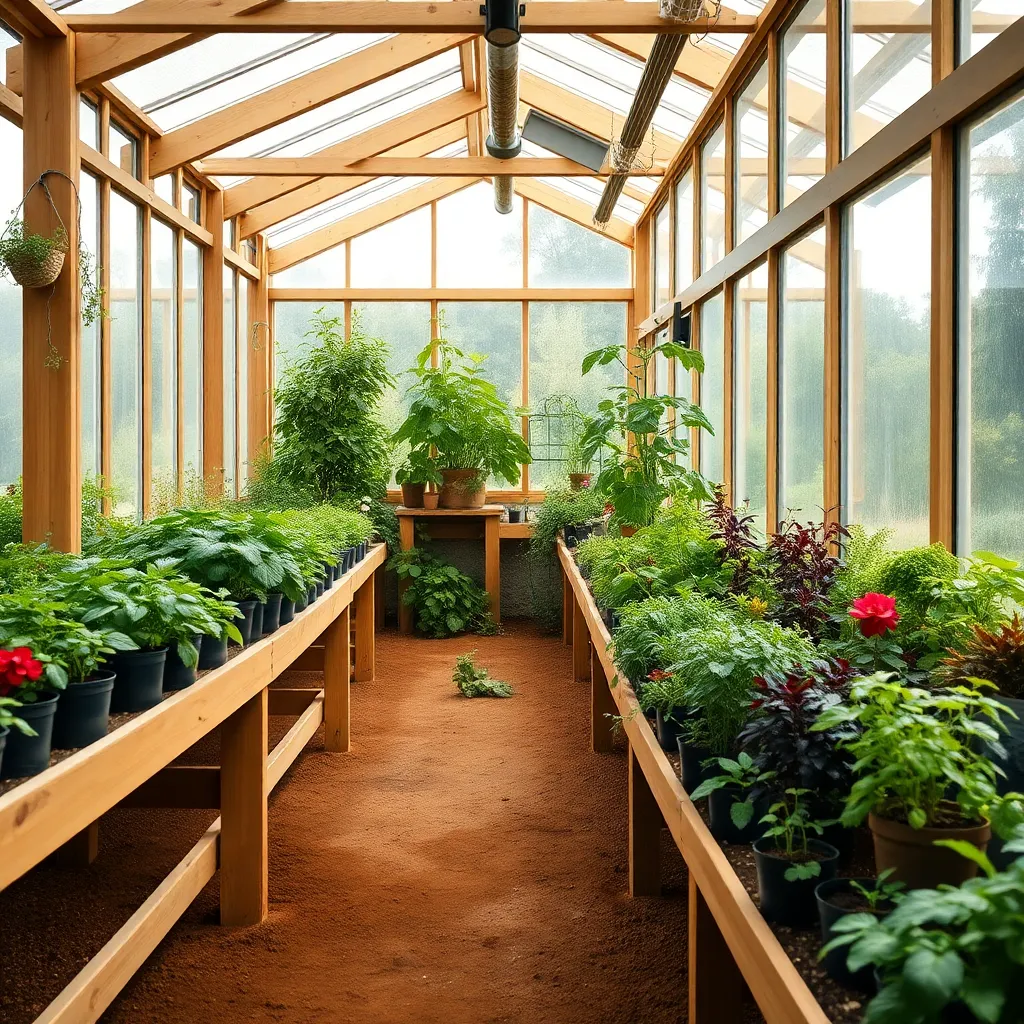
Ventilation is a crucial aspect of greenhouse setup, as it helps regulate temperature and humidity levels. To ensure adequate air circulation, consider installing roof vents and side vents that can be easily adjusted based on the weather conditions.
For those in warmer climates, adding a solar-powered fan can enhance airflow and prevent overheating. These fans are eco-friendly and can be positioned strategically to draw in cooler air from one side and expel hot air from the other.
When setting up shelving, choose materials that can withstand moisture and temperature fluctuations, such as galvanized steel or treated wood. These materials will ensure the shelves remain sturdy and durable over time, supporting various plant sizes and weights.
Maximize your greenhouse space by installing adjustable shelving units, which allow you to modify the shelf height as your plants grow. This flexibility is particularly useful for accommodating taller plants or those that spread out over time, like tomatoes or cucumbers.
For beginners, start by organizing plants based on their sunlight and watering needs, placing sun-loving varieties on higher shelves. Advanced gardeners might consider using tiered shelving systems to create microclimates within the greenhouse, optimizing conditions for different plant species.
Conclusion: Growing Success with These Plants
In building a greenhouse, we’ve explored five pivotal relationship concepts: fostering open communication, nurturing empathy, setting shared goals, maintaining resilience through challenges, and cultivating continuous growth. Each of these elements acts as a brick in the foundation of a thriving relationship, ensuring it withstands the test of time and weather. Now, take a moment to reflect on which of these concepts you can enhance today. Perhaps start by initiating a heartfelt conversation with your partner, aiming to understand their dreams and concerns more profoundly.
Remember, nurturing a relationship is like tending to a garden; it requires patience, dedication, and ongoing attention. As you embark on this journey, save or bookmark this article so you can revisit these strategies whenever you seek guidance or inspiration. By integrating these practices into your daily life, you’re planting seeds for a future filled with mutual understanding and joy.
Your relationship success story is just beginning. With each step forward, you are empowering yourself to build a resilient and flourishing partnership. Let this be the moment you commit to nurturing love as diligently as you would care for a cherished garden. Save this article now, and let it be your guide to cultivating a vibrant relationship.

